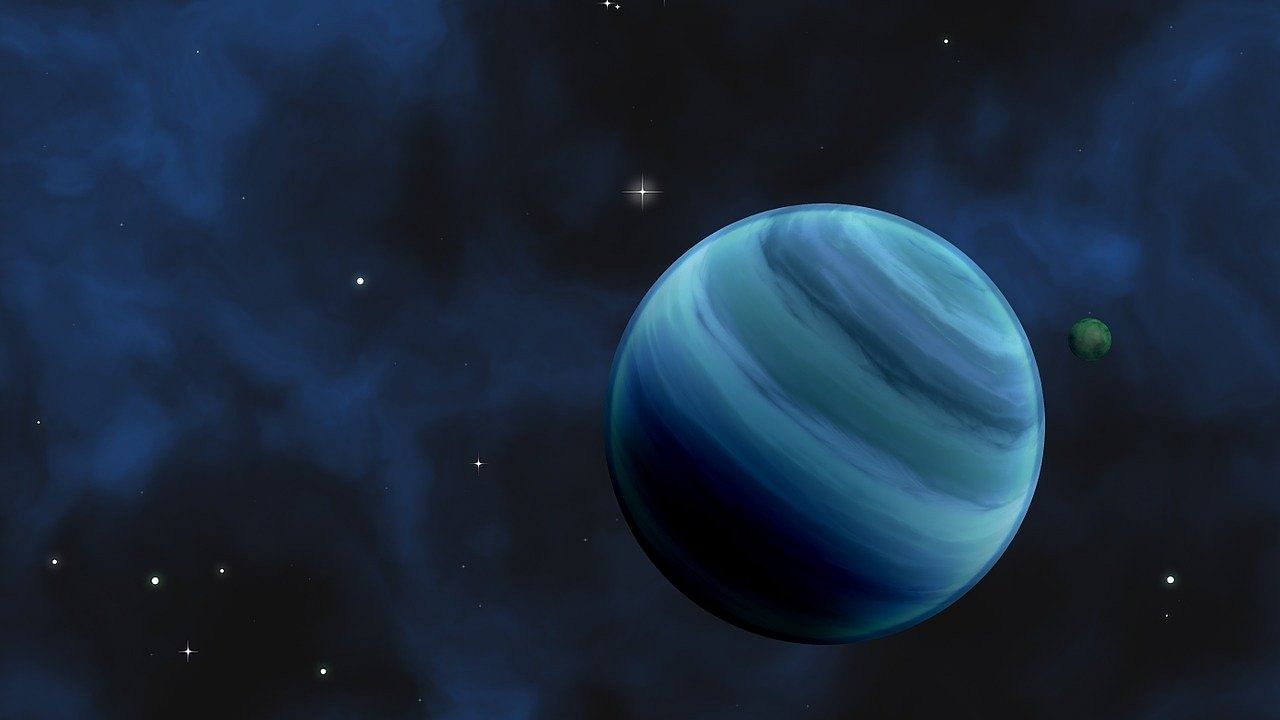
Indian astronomers have developed a new method that could help better study the atmosphere of exoplanets using the polarisation of light.
Their breakthrough is an algorithm that can increase the accuracy of data from exoplanets by reducing the contamination by the Earth’s own atmosphere and the disturbances due to instrumental effects and other factors. This algorithm, called the critical noise treatment algorithm, can help to study the environment of exoplanets with better precision.
The algorithm was an off-shoot of efforts by a team of researchers at the Indian Institute of Astrophysics (IIA) in Bengaluru who sought to understand the physical properties of exoplanets. The team’s focus was to explore exoplanets that are similar to the Earth and therefore try to identify which could be habitable.
Professor Sujan Sengupta of the Indian Institute of Astrophysics (IIA) in Bengaluru, had suggested several decades ago that the thermal radiation of exoplanets orbiting other stars would also be polarised. By measuring this polarisation, he said that scientists could also decipher the chemical composition and other atmospheric traits of these plants.
With this in mind, Professor Sengupta and his PhD students Aritra Chakrabarty and Suman Saha recently began using the ground-based optical telescopes available in India and the data obtained by the Transiting Exoplanet Survey Satellite (TESS) space telescope. Almost immediately, they ran into challenges.
While cataloguing photometric data from several planet-hosting stars, they found that the transit signals are heavily affected by the noise due to various sources that pose a challenge to estimate the physical parameters of the planets accurately.
This is where the team said it was compelled to craft a noise-treatment algorithm “that can treat the transit signals detected by both ground- and space-based telescopes with much better precision than ever before.”
Saha and Sengupta demonstrated the effectiveness of this algorithm by critically analysing the data from the TESS space telescope, reduced the instrumental noise and the disturbances arising from variability and pulsation of the host stars and estimated the physical parameters of a few Exoplanets accurately.
The work has been published in The Astronomical Journal, a peer-reviewed scientific journal by the American Astronomical Society (AAS).
The IIA team is collecting exoplanet data using the Himalayan Chandra Telescope at Indian Astronomical Observatory at Hanle and the Jagadish Chandra Bhattacharyya Telescope at Vainu Bappu Observatory at Kavalur.
Check out latest videos from DH: